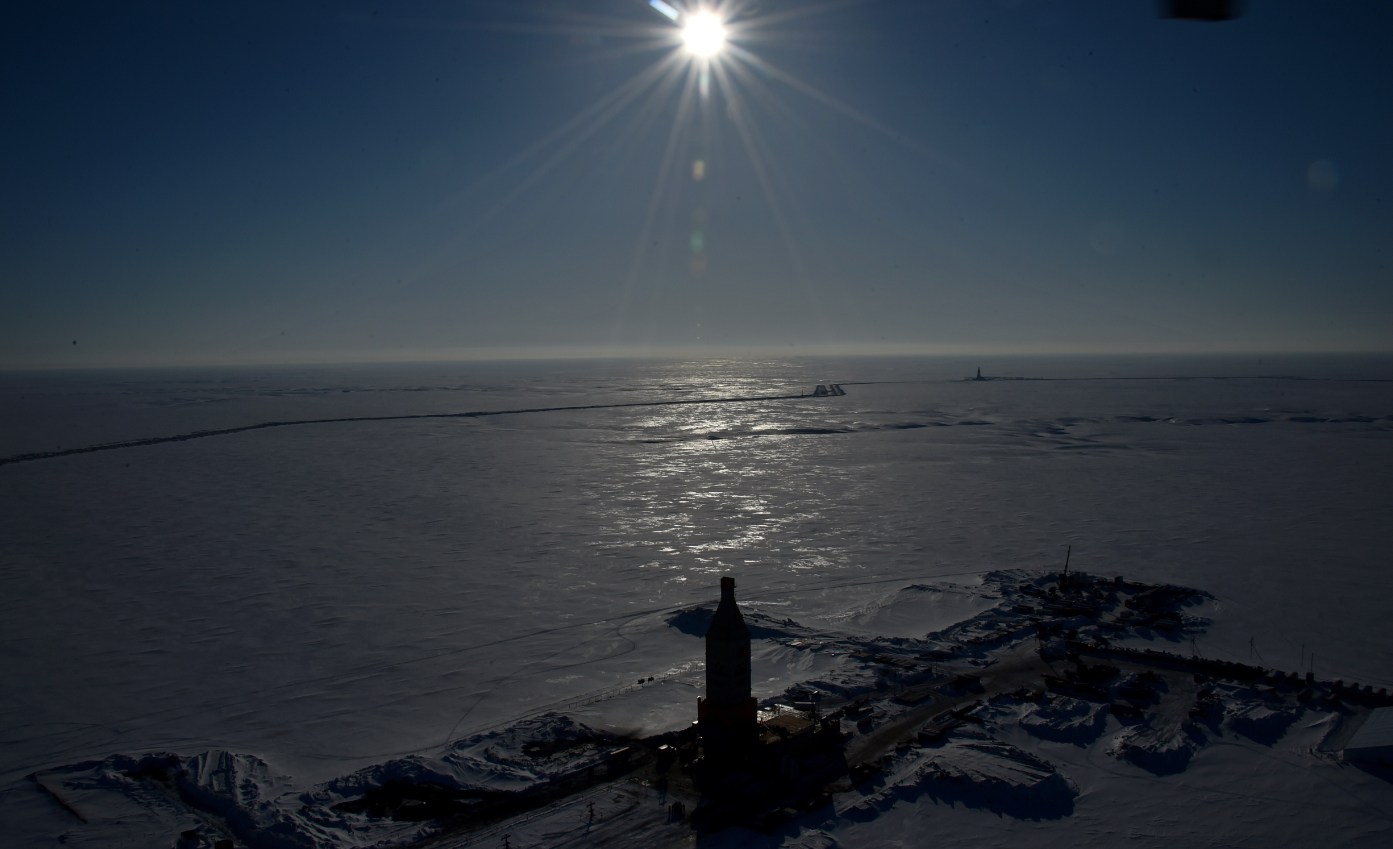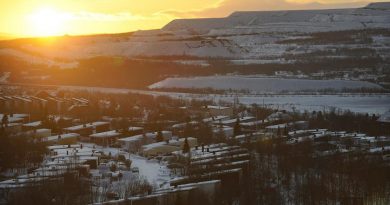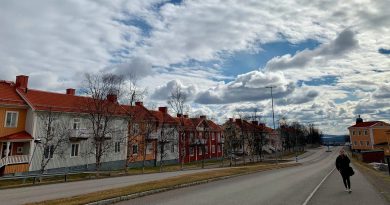Rosneft completes historical Arctic expedition

For ten weeks the nuclear powered icebreaker “Yamal” brought a major team of researchers practically all along Russia’s Arctic coast.
The expedition, named Kara Winter 2015, was conducted in cooperation with the Arctic and Antarctic Research Institute and the Arctic Research Project Center. It is the biggest Arctic research expedition which has been conducted the last 20 years, Rosneft writes in a press release.
From Barents to East-Siberian Sea
Over a time span of ten weeks. the icebreaker “Yamal” criss-crossed the whole Russian Arctic to conduct research operations and follow up research stations and facilities.
The expedition went from the Barents Sea to the East-Siberian Sea, practically along the whole Arctic coast, the company informs. Research operations were conducted in the waters of the Barents Sea, Kara Sea, East Siberian Sea and the Laptiev Sea, as well as on the archipelagos of Novaya Zemlya, Severnaya Zemlya, New Siberian Islands and the Franz Josef Land.
Special interest was paid to Rosneft’s license areas in the Kara Sea. As previously reported, Rosneft in 2014 conducted a first exploration drilling at the University-1 (“Pobeda”) structure, a part of the company’s East-Prinovozemelsky 1 license area.
Cooperation with Norway’s Statoil
Rosneft has a license portefolio with a total of 51 offshore projects, among them many in the Barents Sea and Kara Sea.
Research operations were conducted also in the license areas of the Severo-Karsky, Ust-Lensky, Anisinsky-Novosibirsky and Perseevsky structures, the company informs. The latter structure is the area where Rosneft has a comprehensive cooperation with Norwegian company Statoil.
In the course of the expedition, the researchers installed more than 100 sensors for measuring of ice drift all over the region. They also visited and followed up the six non-manned automatic research stations which have been established in the region over the last years. Comprehensive studies of icebergs were conducted.
The expedition is the sixth major Arctic research expedition conducted by Rosneft over the last three years.
Related stories from around the North:
Canada: Unconventional petroleum resources found in Canada’s Sahtu region…. Now what?, Eye on the Arctic
Finland: Finns still sharply divided over wind power, Yle News
Greenland: Arctic oil and gas must stay in ground to restrict warming to 2°C says study, Blog by Mia Bennett
Iceland: From Arctic Circle 2013-2014, a big drop in the price of oil, Blog by Mia Bennett
Norway: Norway surpasses Russia as top gas supplier, Barents Observer
Russia: Rosneft buys time in Arctic, Barents Observer
United States: Let locals decide fate of Arctic drilling says U.S. politician, Alaska Dispatch News



